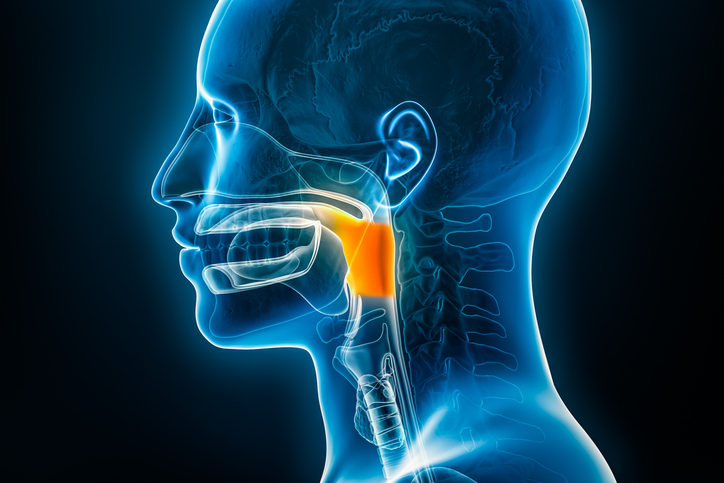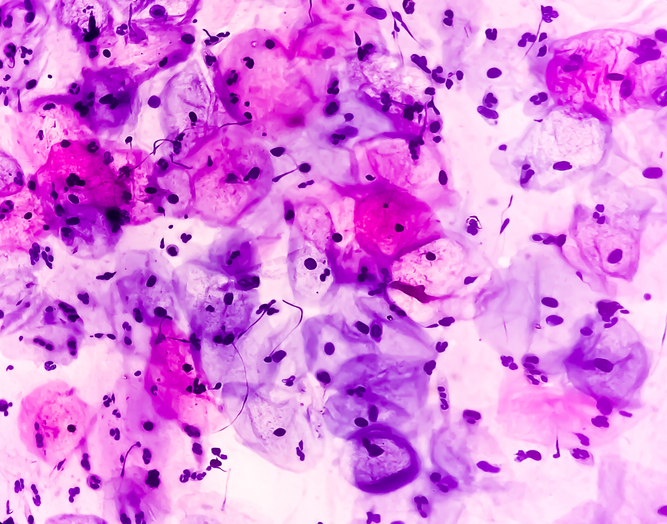
An analysis of patients with multiple myeloma (MM) who underwent autologous hematopoietic cell transplant (AHCT) showed that overall improvement in outcomes over time primarily apply to standard-risk patients, while prognosis remains poor for high-risk patients.
Researchers from the Karolinska University Hospital in Stockholm, Sweden, assessed clinical outcomes of 715 patients with MM who received high-dose treatment followed by AHCT between 1995 and 2020. Outcomes were compared between standard- and high-risk patients across three time periods: period I, 1995-1999; period II, 2000-2009; and period III, 2010-2020. Risk assessment was conducted via chromosome analysis for periods II and III.
Overall survival (OS) significantly improved across the entire cohort over time, or a median 5.8 years for period I, 7.0 years for period II, and 10.0 years for period III. Progression-free survival (PFS) improved by a lower margin, or a median 2.4, 2.6, and 2.9 years, respectively.
Upon stratification by high- and standard-risk cytogenetics, the investigators found that the improvement over time was mainly among patients with standard-risk features (median OS for period I, 8.4 years; not met for periods II and III). No significant improvements in OS were seen in high-risk patients across all three periods. For patients with the del17p mutation in particular, PFS was worse in period III compared with period II (median, 1.6 vs. 3.2 years, respectively).
“Our results show that the dramatic improvement in outcome for [patients with] MM during the last 20 years only applies for standard-risk patients, while high-risk [patients with] MM still are doing poorly, indicating that the novel drugs developed during this time are preferentially effective in standard-risk patients,” the researchers concluded. “New treatment modalities like chimeric antigen receptor (CAR)-T cells, CAR-natural killer cells, and/or bispecific antibodies should be tried in clinical studies early in the course of the disease, especially in patients with high-risk cytogenetics.”
This study was published in the European Journal of Haematology.







 © 2025 Mashup Media, LLC, a Formedics Property. All Rights Reserved.
© 2025 Mashup Media, LLC, a Formedics Property. All Rights Reserved.